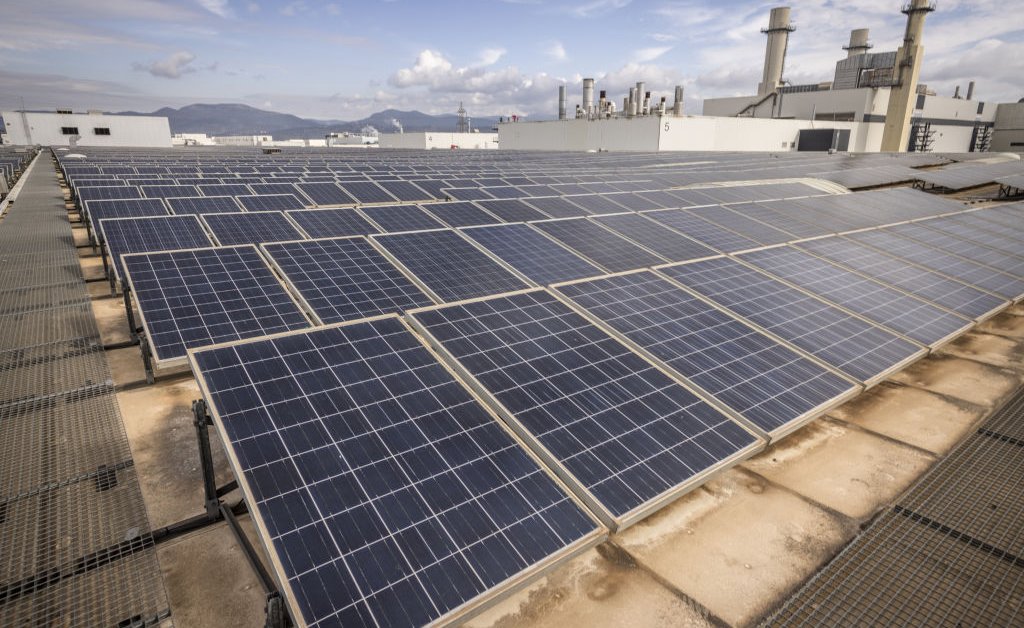Electricity Demand Soars: Beyond AI's Impact
The global demand for electricity is surging, driven by a complex interplay of factors that extend far beyond the often-discussed impact of artificial intelligence (AI). While AI's increasing energy consumption is a contributing factor, a deeper dive reveals a more nuanced picture involving economic growth, population expansion, and climate change itself. Understanding these multifaceted drivers is crucial for developing sustainable energy solutions and ensuring a secure energy future.
The AI Factor: A Small Piece of a Larger Puzzle
The rise of AI and its associated data centers is undeniably energy-intensive. The training of large language models and the operation of sophisticated algorithms require significant computational power, translating to a substantial electricity draw. However, while AI's energy footprint is growing rapidly, it currently represents a relatively small fraction of the overall global electricity demand. Studies indicate that data centers account for a few percentage points of global electricity consumption, leaving the lion's share attributable to other, often overlooked, factors.
Beyond the Algorithm: Key Drivers of Electricity Demand
-
Economic Growth: A robust global economy fuels increased industrial activity, leading to higher electricity consumption across manufacturing, transportation, and commercial sectors. Developing nations, experiencing rapid economic expansion, exhibit particularly steep increases in energy demand.
-
Population Growth: The ever-increasing global population directly translates to greater demand for electricity to power homes, businesses, and public services. As populations expand in urban areas, electricity infrastructure faces additional strain.
-
Climate Change: Ironically, climate change itself is exacerbating the demand for electricity. More frequent and intense heatwaves necessitate increased reliance on air conditioning, placing significant pressure on power grids, particularly during peak demand periods. Similarly, extreme weather events can disrupt energy infrastructure, requiring substantial resources for repair and restoration.
-
Electrification of Transportation: The shift towards electric vehicles (EVs) is a positive step towards reducing carbon emissions, but it also contributes to increased electricity demand. As EV adoption accelerates, power grids must adapt to accommodate the influx of charging needs.
Addressing the Surge: Sustainable Solutions are Crucial
The escalating demand for electricity necessitates a multifaceted approach that combines several strategies:
-
Investing in Renewable Energy Sources: A rapid transition towards renewable energy sources, such as solar, wind, and hydro power, is paramount to meeting the growing energy demand while mitigating climate change.
-
Improving Energy Efficiency: Implementing energy-efficient technologies across various sectors can significantly reduce overall electricity consumption. This includes advancements in building design, industrial processes, and consumer electronics.
-
Modernizing the Power Grid: Upgrading and expanding electricity grids are essential to handle the increasing demand and ensure reliable power delivery, especially in rapidly developing regions. Smart grids offer improved efficiency and resilience.
-
Promoting Energy Storage: Developing advanced energy storage solutions, such as large-scale battery systems, can help manage fluctuating electricity demand from renewable sources and provide backup power during outages.
Conclusion: A Collaborative Effort for a Sustainable Future
The soaring global demand for electricity is a multifaceted challenge requiring a collaborative effort from governments, industries, and individuals. While AI's contribution to this demand is noteworthy, it's crucial to acknowledge the broader context of economic growth, population expansion, and the impacts of climate change. By investing in renewable energy, improving efficiency, modernizing infrastructure, and fostering innovative energy storage solutions, we can pave the way for a sustainable energy future that meets the world's growing needs while safeguarding the planet. The time to act is now.

